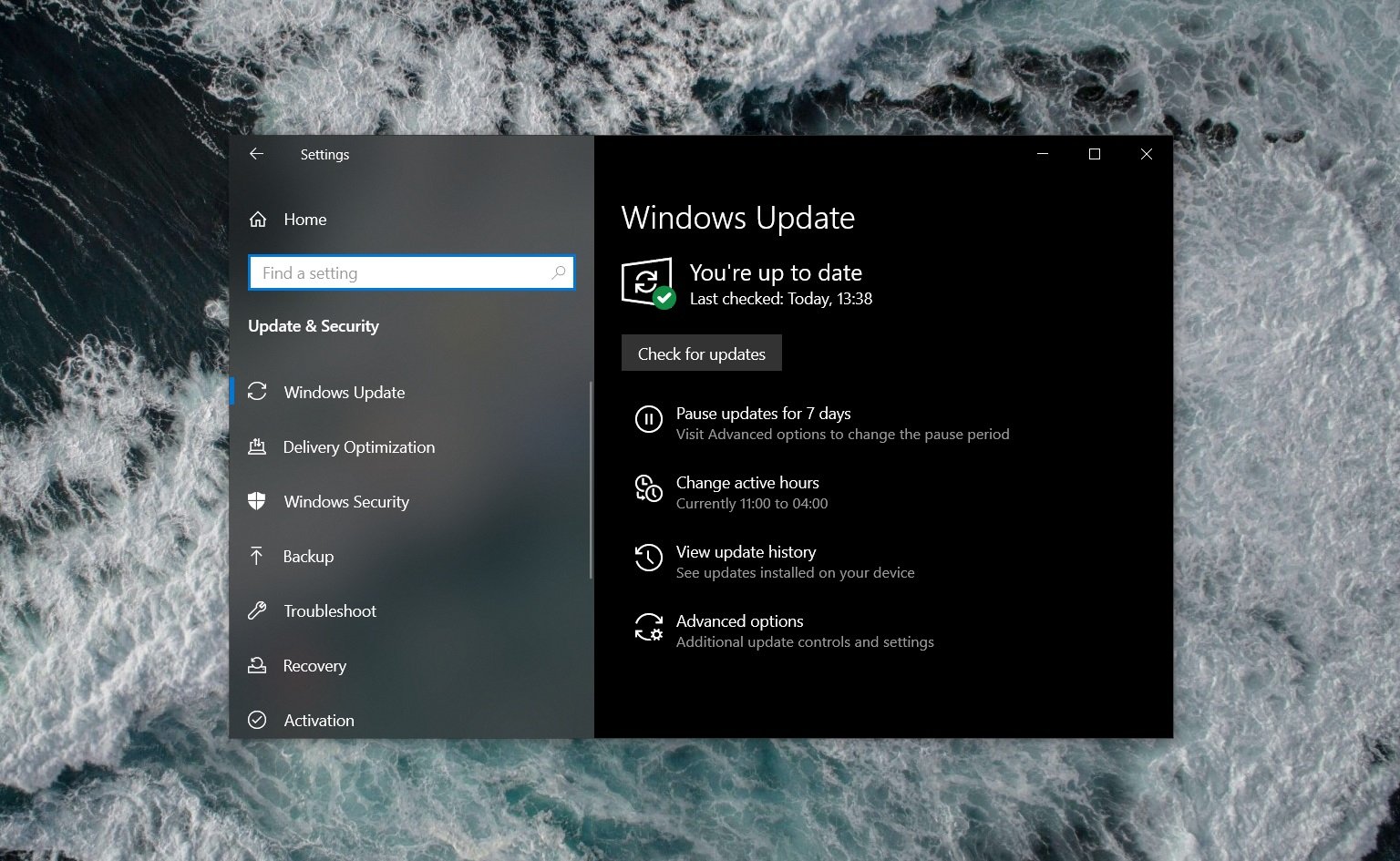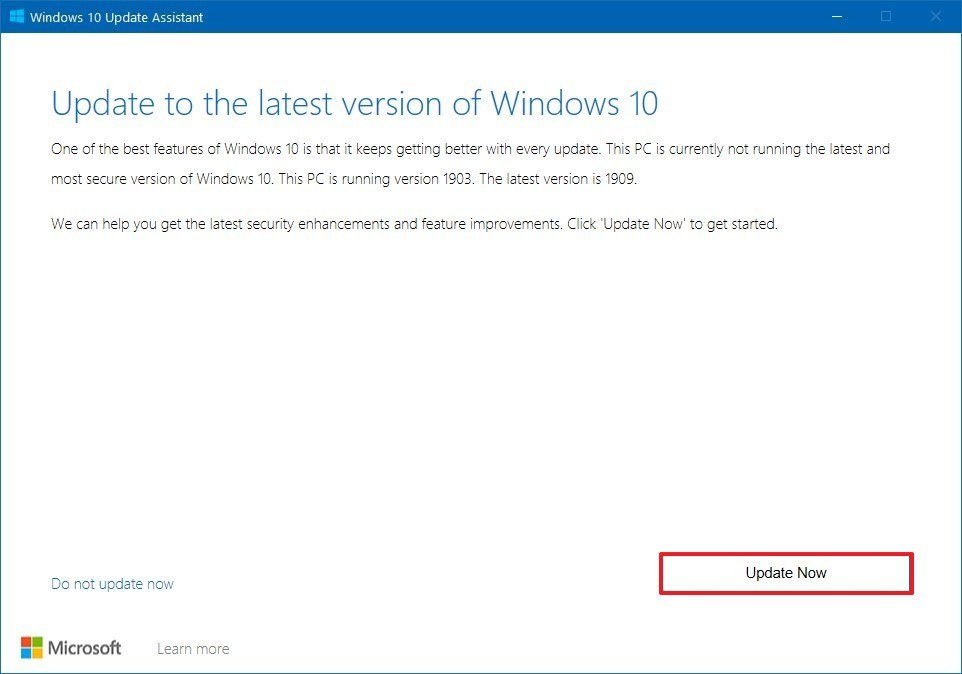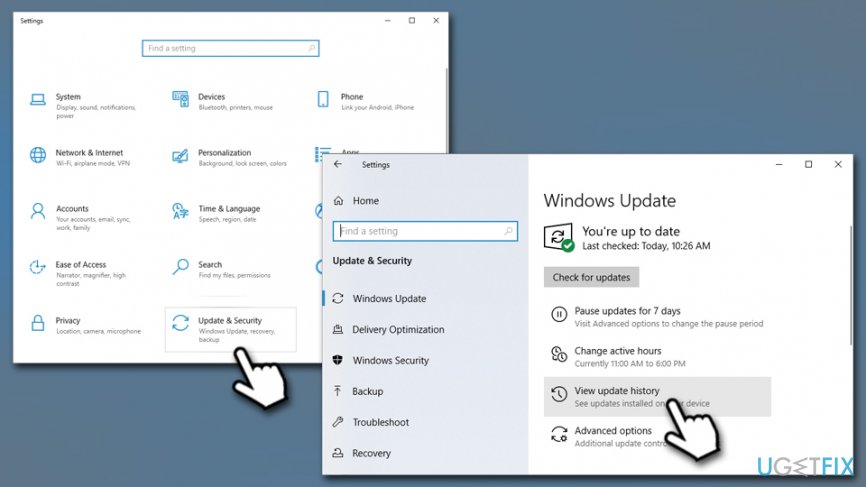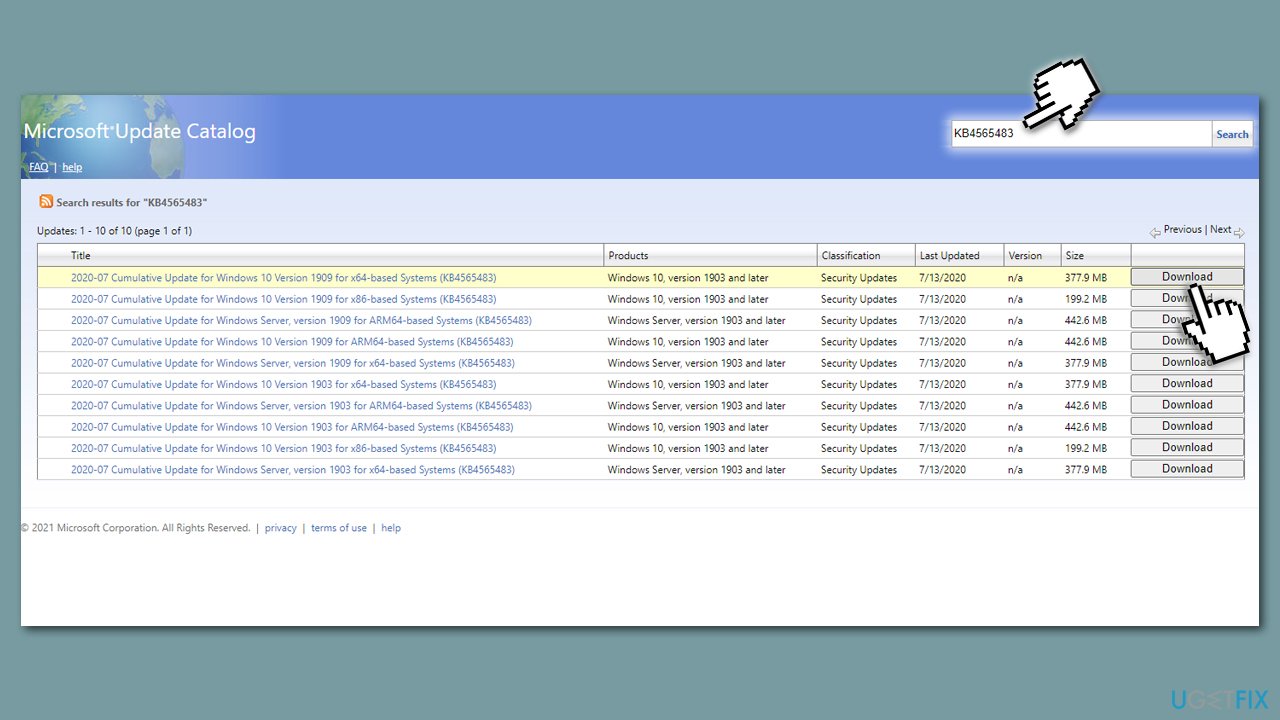

- Windows update catalog fix how to#
- Windows update catalog fix install#
- Windows update catalog fix software#
- Windows update catalog fix Pc#
- Windows update catalog fix Offline#
Restart your PC and again check if there are still any pending updates.
Windows update catalog fix install#
Step 3: It will scan your PC for pending updates and prompt you to install the pending update if everything is right. Download either 32-bit or 64-bit SSU update. If the troubleshooter failed to find and fix the problem, you can download and install the most recent SSU (Servicing Stack Update) from the Microsoft official website.Īfter you make sure that you are using 32-bit or 64-bit Windows, you can follow the steps below to download the most recent SSU: Method 4: Download Most Recent Servicing Stack Update (SSU)

If this method cannot fix the issue on Windows 10, then you can try the next method. Restart your computer and check to see if the “Windows Update Standalone Installer searching for updates constantly” error still exists. Step 5: Follow the instructions showing on the screen to finish the repair process. Step 4: Wait for the scanning process to detect the existing problems and then click Apply this fix. Step 2: Navigate to the Troubleshoot section and then select Windows Update in the right panel. Step 1: Search for Settings in the Search box to open the Settings application.

Now you can follow the instructions step by step below to fix it: Running Windows Update Troubleshooter is the easiest and fastest method to fix the “Windows Standalone Installer stuck” issue on Windows 10. Windows Update Troubleshooter is a built-in feature designed to fix Windows update errors for common users. Method 3: Run Windows Update Troubleshooter (Windows 10) Update installation can take minutes to hours. Then check the Update C++ Runtime Libraries box and click Start.Īll of the pending updates that downloaded in the last phase will be installed. Step 5: Double-click Updateinstaller.exe. Go to the wsusoffline folder again, then open the Client folder. Step 4: Click Start to download the missing updates. Step 3: Check the Verify downloaded updates, nclude C++ Runtime Libraries, and Net Frameworks boxes. Step 2: Extract the wsusoffline.zip file and run it.
Windows update catalog fix Offline#
Step 1: Download WSUS Offline Updater and you should make sure the version you download is the most recent version of the tool.
Windows update catalog fix software#
You can also fix the “Windows Update Standalone Installer stuck” issue using WSUS Offline Updater, which is a small open-source software tool for Windows 7/8 to download missing updates automatically from the Microsoft server. Method 2: Update via WSUS Offline Updater (Windows 7 / 8) Then the “Windows Update Standalone Installer stuck on Windows 7/8” issue should be fixed. Step 4: Then click check for updates and install any pending update. Under the Important Update section, click the drop-down menu and select Install updates automatically (recommended). Go to Windows Update, and click Change settings. Note: On Windows 8, visit this official Microsoft link and download the appropriate Servicing Stack Update based on your Windows version. Then you can proceed with the potential fixes below after you confirm that your computer is suffering from the issue. If you find that Svchost.exe has consistently high CPU & Ram usage (around 200 MB), it’s probable that there is the “Windows Update Standalone Installer stuck” issue. Step 4: Now, you should spend some time monitoring the Svchost.exe process and see how it behaves. Then the Process tab will be reopened and the Svchost.exe process associated with the Windows Updates will be highlighted. Step 3: Then, right-click it and choose Go to details. Step 2: Go to the Services tab and find the wuauserv service. Then go to the Processes tab and click More details. Step 1: Press the Ctrl + Shift + Esc keys to open Task Manager.

Thus, you need to determine that your computer is actually suffering from this issue before you go to the following fixes. However, updating components can fail for a variety of reasons. It’s really annoying to encounter the issue.
Windows update catalog fix how to#
How to Confirm That Your System Has This Issue Tip: If your Svchost.exe process is consistently having high CPU & RAM usage, read this post - 4 Fixes for Svchost.exe High CPU Usage (100%) in Windows 10.


 0 kommentar(er)
0 kommentar(er)
